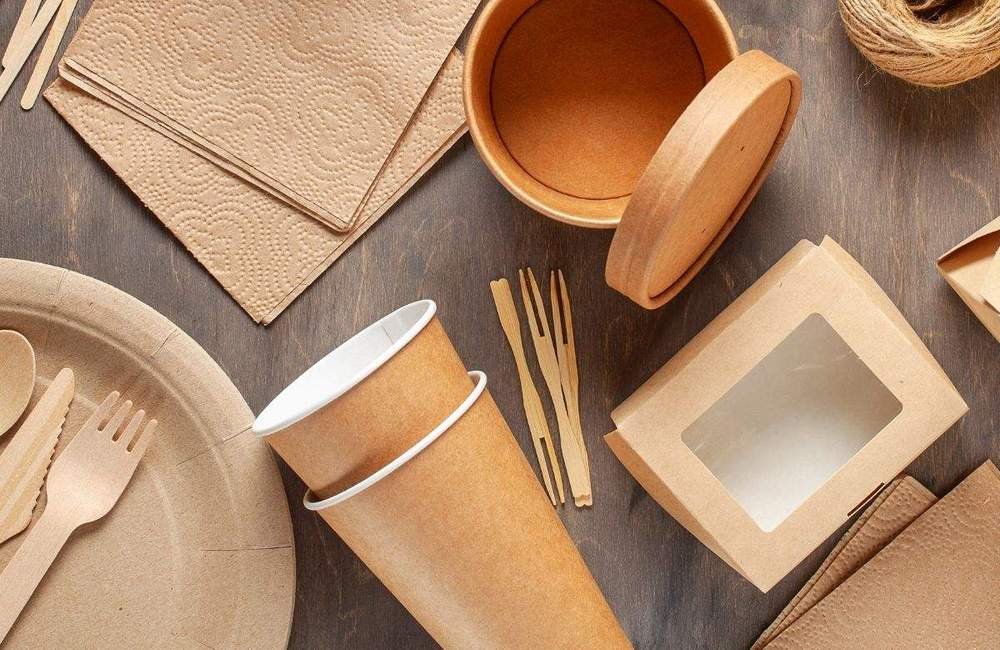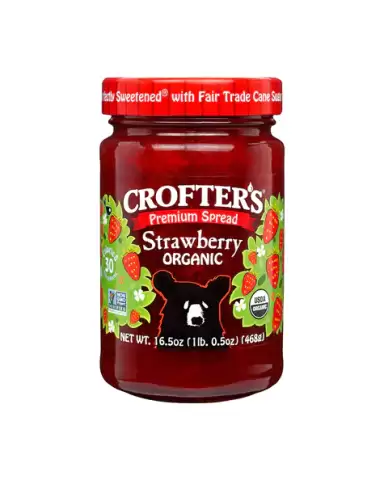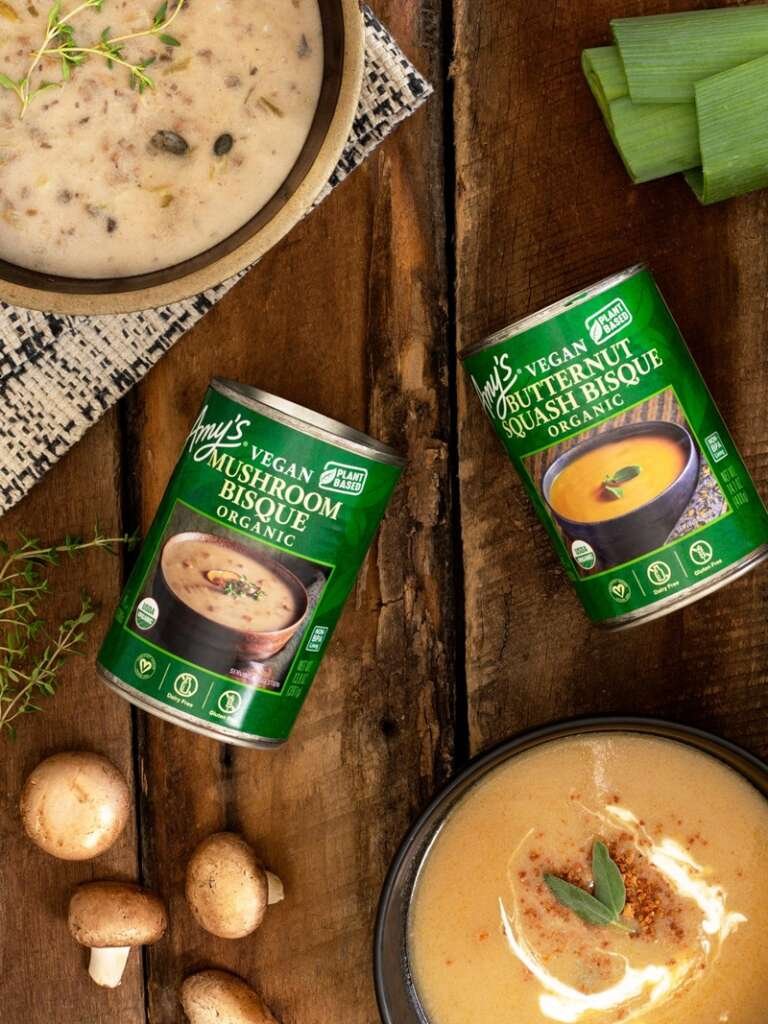What Types Of Eco-Friendly Food Packaging Should You Look For?

Share This Article
Ditch single-use plastic. Look for these types of eco friendly packaging for food that are biodegradable, compostable, and recyclable.
| All products featured on The Wellness Feed are independently selected by our editors for its environmental and ethical impact. However, when you buy something through our retail links, we may earn an affiliate commission. |
Imagine if you piled all the packaging materials you’ve created over the last year into your living room- cereal boxes, food containers, mailers, and plastic wrapping from the grocery store. Now, imagine dumping all of that into a landfill along with everyone else in your city. This happens annually; each year 14.5 million tons of plastic containers and packaging are generated: 91% of them ending up in landfills. And nearly half of that waste comes from the food industries. Not only do these materials cost us resources like energy, water, and raw materials, but it also costs us greenhouse gas emissions and air and water pollution as these materials slowly decompose in landfills. With millions of tons of packaging waste threatening our ecosystem yearly, now would be an ideal time to begin investing in eco-friendly food packaging.
Click to read more…
These eco-friendly food packaging solutions offer zero-waste alternatives to plastic, recyclable solutions that you can use and reuse and are often made with renewable raw materials instead of relying on fossil fuels.
Paper: Biodegradable & Compostable

Paper packaging, if untreated with chemical finishes and dyes, is compostable and biodegradable. However, paper products contribute to 14% of deforestation worldwide, which amounts to 4.1 hectares of land: the size of the Netherlands. Aiming to combat deforestation- The Forest Stewardship Council (FSC) is a nonprofit organization that protects and restores forests and offsets the negative impact on the environment and wildlife. Paper products that have their FSC symbol have been verified to be responsibly harvested in ways that prevent deforestation and respect local communities that depend on the forests.
It turns out that when those trees become paper boxes, we’re good at recycling, with a 96.5% recycling rate. However, we still send an average of 6.4 million tons of paper boxes to landfills. So, whenever you have paper packaging, whether it’s a box or not, recycle or compost it if possible.
Bamboo: Biodegradable & Compostable

While some might equate bamboo with trees, they are part of the grass family, with native species found on every continent. Bamboo is also one of the world’s fastest-growing plants. Some species sprout up to 35 inches within one day and can reach maturity within 3-5 years versus the 10-20 years it takes for the average tree to reach maturity.
Currently, bamboo is a popular material for disposable utensils and takeout containers because it is sturdy and durable.
Cornstarch, Sugar, Algae ‘Plastics’: Biodegradable

Bio-plastics are plastic-like materials made from plants as an alternative to fossil fuels. Crops like corn undergo a process where they are broken down on the molecular level and transformed into plastics. Studies have shown that they produce fewer greenhouse gas emissions and that if we relied on renewable sources for plastic instead of fossil fuels, greenhouse gases could be reduced by 50 – 70%.
Sign These Petitions To Tell Coca Cola You Don’t Want Their Plastic
In theory, any type of plastic packaging could be replaced with bioplastics. Danimer Scientific and PepsiCo were the joint winners of the 2018 Innovation in Bioplastics Award for compostable bags made from mineral fillers instead of plastic. Coca-Cola also experimented with bioplastics when they released their first fully recyclable plastic bottle made from 30% sugar cane and other plants.
If you do end up buying a product made from bioplastics, be sure to recycle it. Much like other food waste, bioplastics have the potential to release methane, a greenhouse gas that is 28 times more potent than CO2, when it is thrown into landfills. The problem is that in landfills waste, that would be biodegradable, is deprived of oxygen and decomposes at a slower rate releasing toxic gases.
Glass: Recyclable

Food items that you see on shelves stored in glass jars are eco-friendly. Glass is not only made from a natural material, but it is also recyclable and reusable. You can wash out glass jars and repurpose them as containers for other food items. Or, if you properly recycle glass instead of simply throwing it out, it can be turned into something new.
The unsustainable side of glass is that it’s made from sand. And, we use about 40-50 billion tons of sand yearly, a rate that has led the United Nations Environment Programme to announce in 2019 that we will run out of sand soon if we don’t practice more sustainable sourcing. So, ensuring that we reuse and reuse is key to sustainably preserving this resource.
Stainless Steel: Recyclable

Steel is another eco-friendly packaging material because it can be endlessly recycled. Experts suggest that it can be used and reused an infinite number of times. In the U.S. we recycle we take advantage of recycling steel. All in all, 60% of all steel products are recycled to be reused or made into something new.
The unsustainable side of steel is how it is created. Steel is not made from renewable resources like corn, bamboo, or other plant-based resources. Iron ore must be extracted from the earth and blasted in a furnace with a temperature higher than 2600 degrees Fahrenheit along with limestone and carbon (which is the residue from burning coal).
